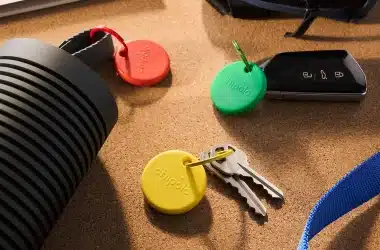Cattle waste will be used to halve the $1.7 million annual energy cost of a beef plant in Darling Downs, Australia. How? The plant, Oakey Abattoir, will convert its cattle waste into biogas.

Image obtained with thanks from UNE Photos on Flickr.
Biogas consists primarily of methane, and in this case, it would substitute natural gas as a fuel. ‘On a single shift, between 1000 and 1300 head of cattle could go through the plant, about 500 of which came off the company’s own feedlot’, according to The Courier-Mail.
As the general manager of Oakey Abattoir, Pat Gleeson, said: ‘This project will produce green energy biogas from our own waste water streams and reduce our natural gas purchases that ultimately lower our manufacturing costs.’
The cattle waste includes excrement, among other things, and the odour emissions caused by it are expected to be reduced as well. The system is projected to pay for itself in five years.
Methane can be produced via the anaerobic digestion of organic matter (such as old food, for example), and it is also a byproduct of landfill decay. It is a very powerful, renewable fuel, with a high energy content of 15.4 kWh per kg. This means that one kg of methane could power an average house for 5 hours.
Source: The Courier-Mail.






